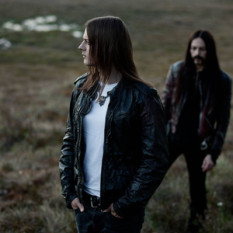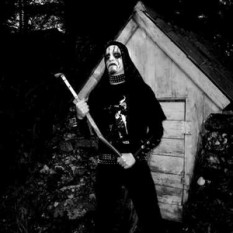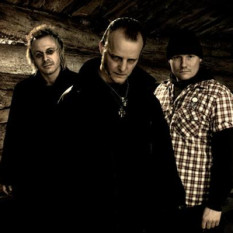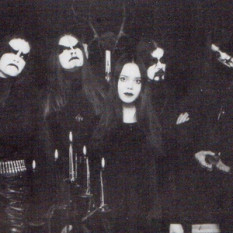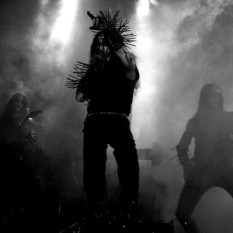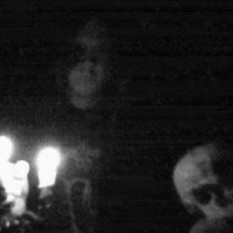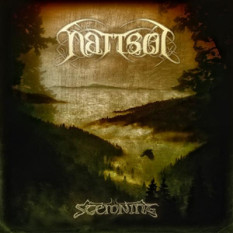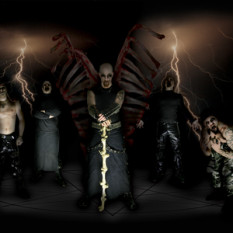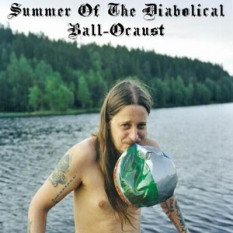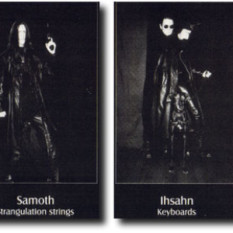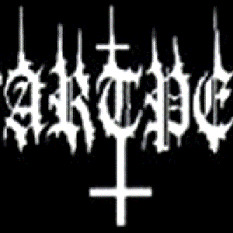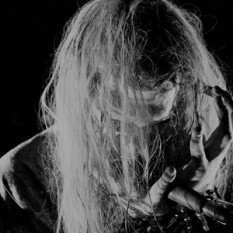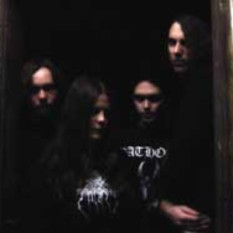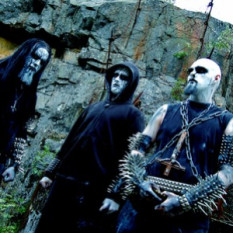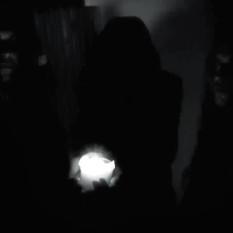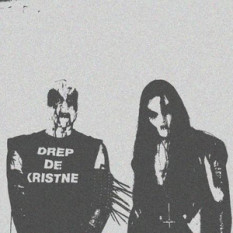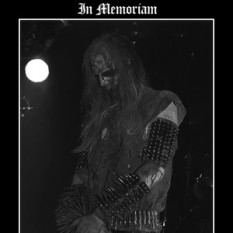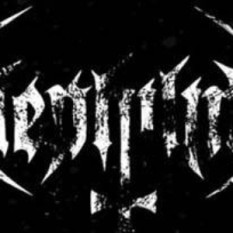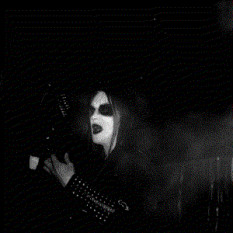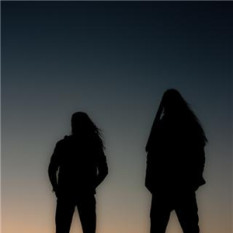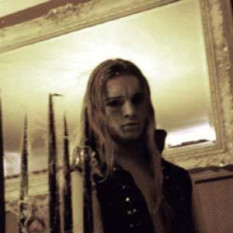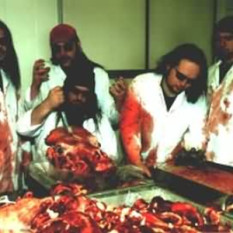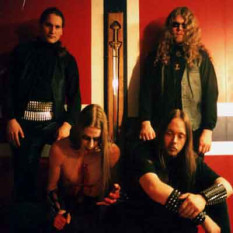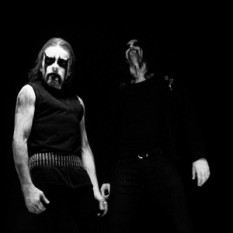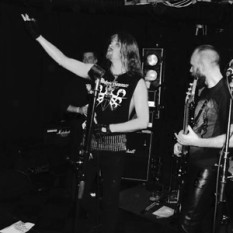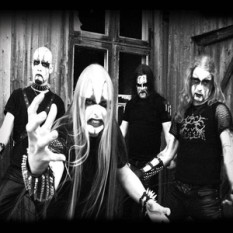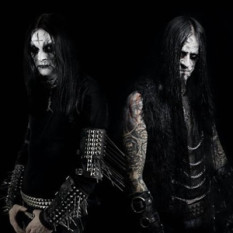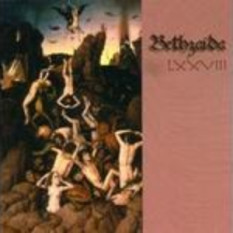The Early Norwegian black metal scene was a group of Norwegian black metal enthusiasts in the early 1990s, which was identified by some as a cult – The Black Circle. Consisting of youths ranging from late teens to mid-20s, most of such enthusiasts congregated at the record store Helvete (”Hell”) in Oslo. It is from this scene that the “Second Wave” of black metal emanated, and possibly where later crimes, that would overshadow this era of black metal, had been conceived and elaborated.
The scene was the focus of controversy due to crimes committed by some of its members; two cases of murder, alleged cannibalism and over a dozen cases of arson. In addition to this, “Satanic” crimes were attributed to the black metal scene in the Norwegian media. For example, one Norwegian TV channel conducted an interview with a woman who claimed that her child was sacrificed by “Satanists”, she later claimed that they murdered her dog too.
————————————————————————————————————————————————————————————-
Contents:
[1] Suicide of Per Yngve Ohlin
[2] Helvete
[3] Black Metal Inner Circle?
[4] Church arsons and attempted arsons
[5] Murder of Øystein Aarseth
[6] Conflict with other music scenes
————————————————————————————————————————————————————————————-
[1] Suicide of Per Yngve Ohlin
On 8 April 1991, Mayhem vocalist Per Yngve Ohlin (aka ‘Dead’) committed suicide in a house shared by the band. Fellow musicians often described Ohlin as a strange and introverted person. However he was best known for his infamous performances – which involved cutting himself, carrying around a dead crow, and wearing clothes that had been buried weeks prior to the concert.
He was found with slit wrists and a shotgun round to the head, by Mayhem guitarist Øystein Aarseth (aka ‘Euronymous’). Ohlin’s suicide note read “Excuse all the blood” and included an apology for firing the weapon indoors. Before calling the police, Aarseth went to a nearby store and bought a disposable camera to photograph the corpse, after re-arranging some items. One of these photographs was later used as the cover of a bootleg live album entitled Dawn of the Black Hearts.
Eventually, rumours surfaced that Aarseth made a stew with pieces of Ohlin’s brain, and made necklaces with fragments of Ohlin’s skull. The band later denied the former rumour, but confirmed that the latter was true. Additionally, Aarseth claimed to have given these necklaces to musicians he deemed worthy. Mayhem bassist Jørn Stubberud (aka ‘Necrobutcher’) noted that “people became more aware of the [black metal] scene after Dead had shot himself … I think it was Dead’s suicide that really changed the scene.”
————————————————————————————————————————————————————————————-
[2] Helvete
During May–June 1991, Øystein ‘Euronymous’ Aarseth of the band Mayhem opened an independent record store which he called Helvete. The term Helvete is Norwegian for hell, and originates from the Norse expression hels víti, meaning the punishment of Hel. The record store was located in Oslo, Schweigaards gate 56. Several musicians in the scene frequently met in the basement of the record store, such as the members of Mayhem, the members of Emperor, Varg Vikernes of Burzum, and Snorre Ruch of Thorns. Euronymous also founded his record label Deathlike Silence Productions in its basement, releasing some of the most important Norwegian black metal recordings. Rare classic death metal records were also sold at the store. Bård Faust worked in Helvete and lived at the back of the building, and Samoth also lived there for a time. The store’s walls were painted black and decorated with medieval weapons, posters of bands, and picture discs, while its window featured a polystyrene tombstone. In summer 1993, the store was closed only months before Aarseth’s murder by Varg Vikernes of Burzum.
————————————————————————————————————————————————————————————-
[3] Black Metal Inner Circle?
Although the scene is often referred to as the “Black Metal Inner Circle” (particularly by Aarseth[citation needed]), such a term is highly disputable. Not only would it imply that some sort of cult existed at the time, the accounts about it differ strongly. The books Lucifer Rising: Sin, Devil Worship and Rock and Roll and Lords Of Chaos: The Bloody Rise of the Satanic Metal Underground both claim the existence of the “Black Metal Inner Circle”. For example, an online announcement for a film based on Lords of Chaos reads:
In an escalating unholy war, black metal bands and their obsessive fans have left a grim legacy of suicide, murder and terrorism spreading from Norway to Germany, Russia, America and beyond. The feature film will focus on the relationship between legendary figures Varg Vikernes and Euronymous and the rest of the ‘Black Circle’ as they wage war against the powers that be in their native country.
However, in his review of Lucifer Rising, Varg Vikernes denied the existence of the “Black Metal Inner Circle”, claiming:
First of all the so-called Black Circle was something Euronymous made up because he wanted to make people believe there was such a thing, but it was nonsense and never existed. The media on the other hand believed it existed for a while, but quickly stopped talking about it when they understood it was a fake rumour.
Similarly, when asked in Lords of Chaos “What was the Black Circle?”, Bård Faust replied:
It’s just a name that was invented for the people who hung out at the shop … there wasn’t anything like members and membership cards and official meetings.
————————————————————————————————————————————————————————————-
[4] Church arsons and attempted arsons
The Fantoft stave church.
Members and fans of the Norwegian black metal scene claimed responsibility for inspiring (and perpetrating) over 50 arsons directed at Christian churches between 1992–1996. Many of the buildings were hundreds of years old, and widely regarded as important historical landmarks. One of the first and most notable was Norway’s Fantoft stave church, which the police believed was destroyed by Varg Vikernes. He was found guilty for the arsons of Holmenkollen Chapel, Skjold Church and Åsane Church. To coincide with the release of Mayhem’s De Mysteriis Dom Sathanas, Vikernes and Aarseth had conspired to blow up Nidaros Cathedral, which appears on the album cover. Aarseth’s murder in August 1993 put an end to this plan and delayed the album’s release. The musicians Samoth, Faust, and Jørn Inge Tunsberg were also convicted for church arsons.
Today, opinions differ within the black metal community concerning the legitimacy of such actions. Guitarist Infernus and former vocalist Gaahl of the band Gorgoroth have praised the church burnings in interviews, with the latter also opining “there should have been more of them, and there will be more of them”. However, Necrobutcher and Kjetil Manheim of Mayhem have disapproved of the church burnings, with the latter claiming “It was just people trying to gain acceptance within a strict group (the black metal scene) … they wanted some sort of approval and status”.
————————————————————————————————————————————————————————————-
[5] Murder of Øystein Aarseth
In late January 1993, Varg Vikernes of Burzum was interviewed by a journalist from Bergens Tidende. Vikernes had requested the interview in order to gain publicity for the black metal scene and for Øystein Aarseth’s record store Helvete. However, the interview led to a police investigation and Vikernes was put under arrest for a week. Aarseth decided to close his record store due to this negative attention.
On 10 August 1993, Vikernes and Snorre Ruch travelled from Bergen to Aarseth’s apartment in Oslo. Upon their arrival a confrontation began, which ended when Vikernes fatally stabbed Aarseth. His body was found outside the apartment with twenty-three cut wounds – two to the head, five to the neck, and sixteen to the back.
It has been speculated that the murder was the result of a power struggle, a financial dispute over Burzum records, or an attempt at “out doing” the stabbing in Lillehammer. Vikernes claims that Aarseth had plotted to torture him to death and videotape the event – using a meeting about an unsigned contract as a pretext. On the night of the murder, Vikernes claims he intended to hand Aarseth the signed contract and “tell him to fuck off”, but that Aarseth attacked him first. Additionally, Vikernes defends that most of Aarseth’s cut wounds were caused by broken glass he had fallen on during the struggle.
Regardless of the circumstances, Vikernes was arrested within days, and a few months later was sentenced to 21 years in prison for both the murder and church arsons. In a controversial display, Vikernes actually smiled at the moment his verdict was read, an image that was widely reprinted in the news media. In May 1994, Mayhem finally released the album De Mysteriis Dom Sathanas, which features Aarseth on electric guitar and Vikernes on bass guitar. While granted a short leave in 2003, Vikernes attempted to escape his bonds in Tønsberg, but he was re-arrested in a stolen vehicle with various firearms.
————————————————————————————————————————————————————————————-
[6] Conflict with other music scenes
Many recall a strong rivalry between Norwegian black metal and Swedish death metal scenes. Fenriz and Tchort have noted that Norwegian black metal musicians were “fed up with the whole death metal scene” and that “death metal was very uncool in Oslo” at the time. On a number of occasions, Euronymous sent death threats to the more commercialized death metal groups in Europe. Allegedly, a group of Norwegian black metal fans even plotted to kidnap and murder certain Swedish death metal musicians. .

